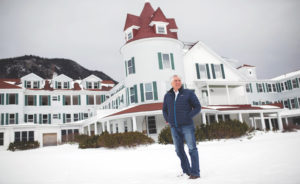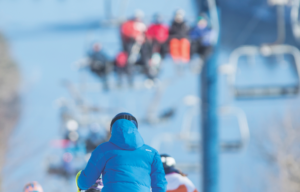
Worried about the future of skiing in New England? You’re not alone. There are many signs to point to as reasons for concern.
“Where is winter?” asked one recent headline in The Boston Globe. “New England is warming faster than the rest of the planet, new study finds” another one read.
I also don’t recall a lack of snowmaking weather as a major issue the organizers of the Killington World Cup ski racing event had to deal with, but there it was in November as a talking point within the ski racing community. Killington, of course, came through and received a positive “snow control” notice from FIS, the governing body of ski racing, but people were wondering about whether or not it would happen, which, for sure, was quite unlike previous years.
Beyond that were the bleak snapshots provided by real New England skiers on social media prior to the start of the new year. There were reports of limited open terrain and not enough room on the mountain to spread out the crowds. There were photos of thin cover and bare rocks, and forecasts that were either dry or wet but not snowy. Many reports indicated a willingness to ski or ride only a half-day by those who would usually go the distance.



